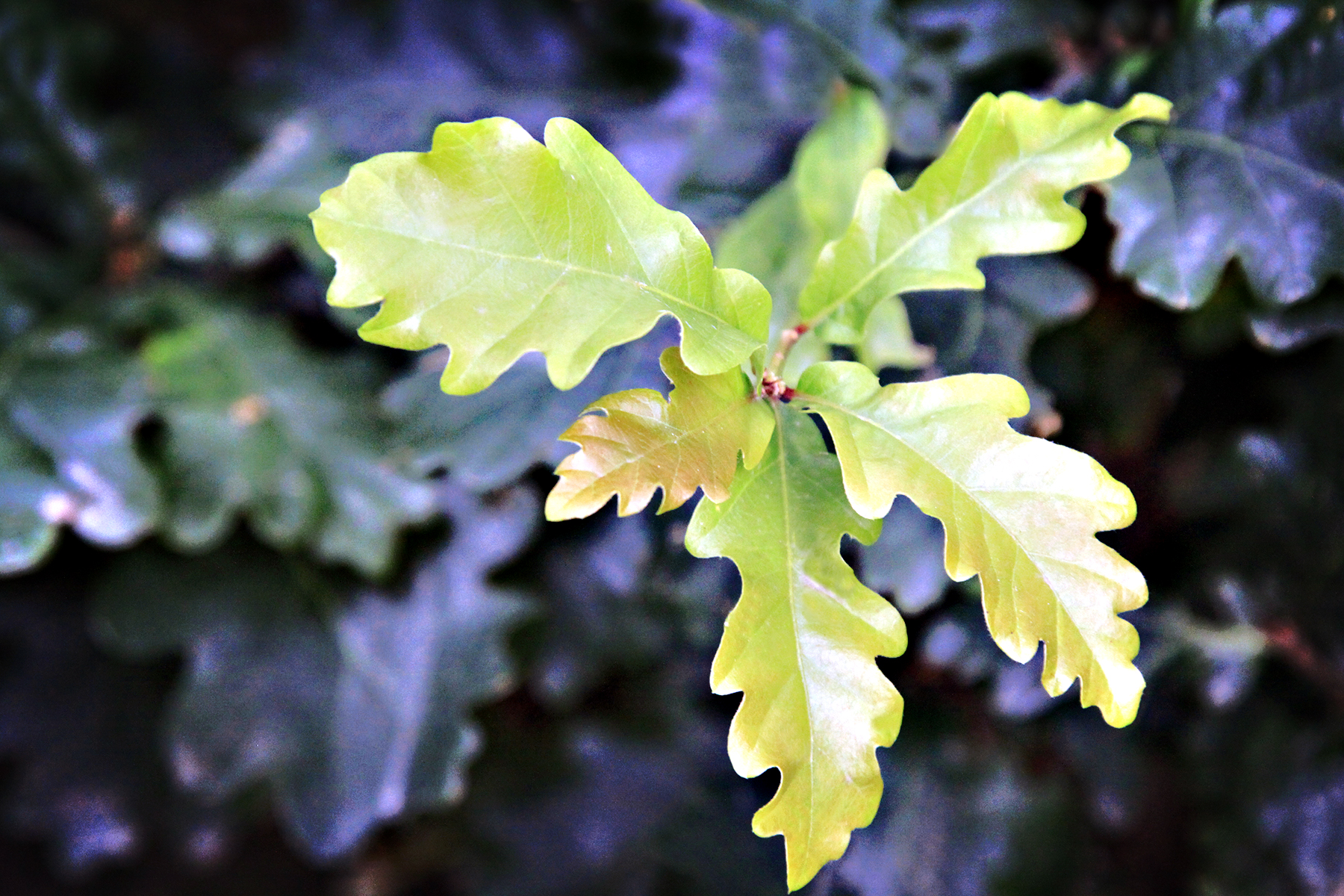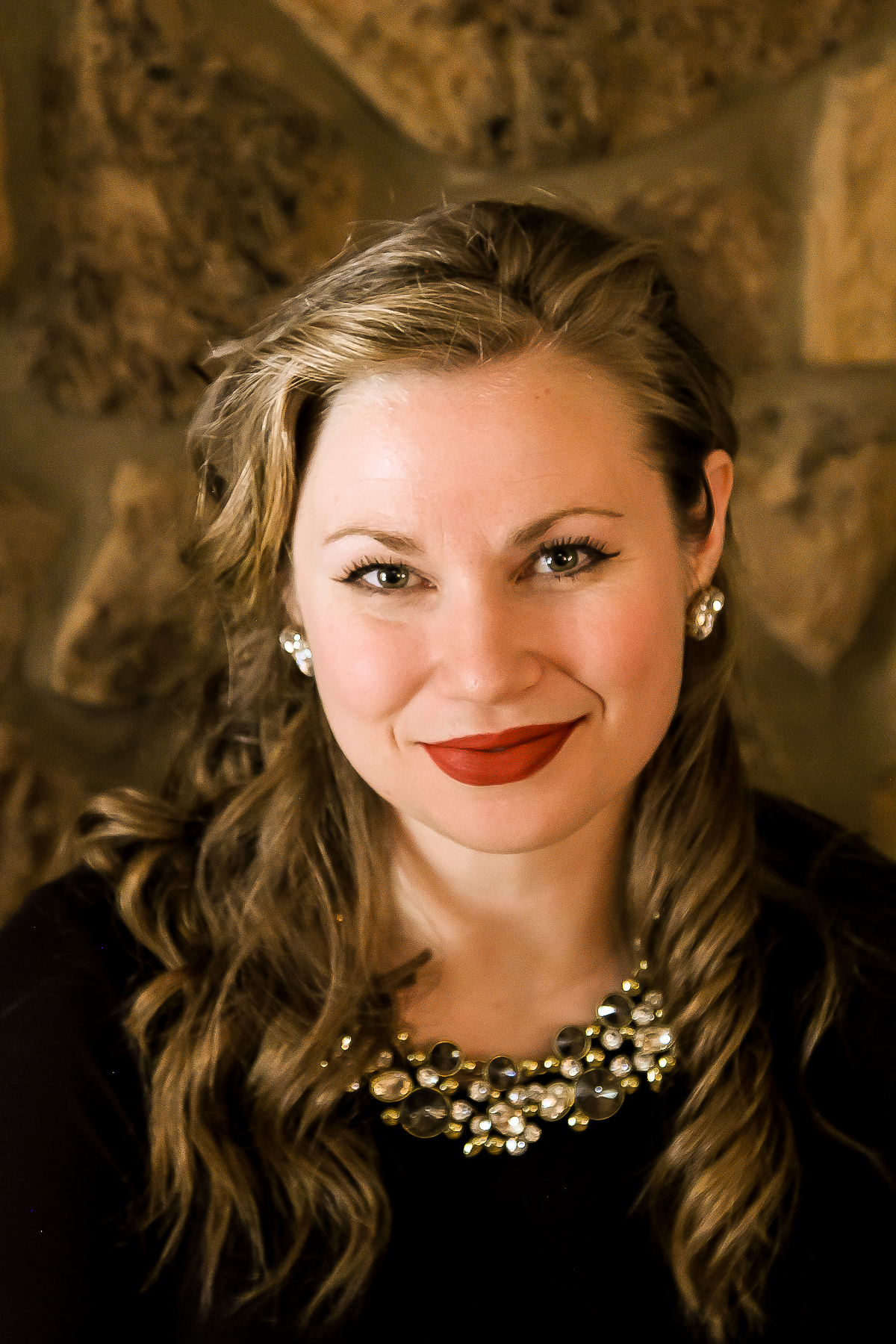At first, my summer was simply one of many pleasant summers I spent in Colorado: hot days, cool nights, the golden-sweet fragrance of the pine trees baking in the summer sun, and many afternoons spent trekking the dusty trails of the aspen-dotted mountains.
But one afternoon, as I was gazing at the mountains over my balcony, I caught the scent of burning wood drifting over the air, and all of a sudden, nothing was safe, and everything became sacred.
As the wildfires snaked over the mountains and began devouring the homes situated so perfectly below them, my husband and I looked around our apartment – the first home we’d ever shared together – and began to wonder what it would be like to lose it all. When the local news channel announced that the fire was moving our way and our apartment complex issued a pre-evacuation warning, we started packing our things – deliberating over what was worth saving if the fire opened its serpent-like fangs to swallow our home, too.
But how is a question like that answered? What is worth saving? Anything? Everything? And can anything be resurrected from the ashes after it all burns?
My husband and I packed up what we could, numb in disbelief as we drove off to a friend’s house for the night that was nestled safe on the east side of the city. It was hard to tell when morning dawned, because the dawn was no more than a red haze of ash in the sky, but when dawn did come, we breathed a breath of relief: our house was safe. We drove home late that night as the fires finally came to a controlled burn, but that relief was severely tempered by the shocking reality that clusters of homes mere miles away had collapsed into heaps of smoldering embers.
For many long months after, I couldn’t look at the bare-faced mountains – red clay like raw flesh and blackened stumps like broken bones… It wasn’t the exposed underbelly of the mountains that disturbed me…it was the image it gave me of the visage of utter destruction.
In a horrible twist of irony, as I write this, I am reeling from the devastation of another fire that claimed half of the Cathedral of Notre Dame today. That church held the history of millions of people – people who were crowned under its noble arches, and people who traveled from the far reaches of the world just to get a glimpse of the beauty and magnitude that is Notre Dame. And now? Does it still? Or will the ashen crumbles of its spire devastate all traces of the lives that walked beneath it?
When death swipes his ugly hand over creation, I am faced with the reality that life is as fragile as a stained glass; intricate, detailed, delicate and full of story, but all too easily shattered.
But there is a promise that abides in the very air we breathe: nothing is beyond the reach of the Holy. Up from the ashes came Christ. Up from the valley the dry bones lived. The green bush burned, unscathed; the Spirit of God inspired His disciples by flame. And from the most destructive fire of all, hell-fire, Christ saves His beloved.
One of my favorite Old English poems, The Dream of the Rood, tells this reality brilliantly. Written by an unknown author between 800-900 A.D., the poem tells the story of the Cross of Christ (the Rood). It was once a flourishing tree but was coarsely hewn down and fashioned into the cross that held Christ at His crucifixion. After Jesus’s death, the Rood is buried deep in the earth. Several hundred years later, it is discovered, unearthed, and decked in silver and gold. The poem’s speaker beheld the cross after it was resurrected to glory and described it:
“…I saw a most rare tree reach high aloft, wound in light, brightest of beams. All that beacon was covered with gold; gems stood fair where it met the ground, five were above the crosspiece. Many hosts of angels gazed on it, fair in the form created for them. This was surely no felon’s gallows, but holy spirits held it there, men upon earth, and all this glorious creation. Wonderful was the triumph-tree, and I stained with sins, wounded with wrongdoings. I saw the tree of glory shine splendidly, adorned with garments, decked with gold: jewels had worthily covered the Lord’s tree.”
After the speaker listens to the Rood tell its story, he says,
“Now there is hope of life for me… May the Lord be my friend, who once here on earth suffered on the gallows tree for man’s sins: He freed us and granted us life, a heavenly home. Hope was renewed, with joys and bliss, to those who endured [Hell’s] fire.”[1]
I love the image of the Rood, transformed from a beautiful tree, to a skeleton, then to glory. I try to imagine myself like that – created beautiful, becoming bent and broken, and then donning the jewels of resplendent righteousness.
When my face is soaked with tears and I feel like I’m sitting in the ashes as the world burns around me, I squeeze my eyes shut and try to envision the New Jerusalem, coming down from the sky as the heavens open and the ashen clouds part like the Red Sea. I imagine her to be utterly beautiful, glowing and golden in radiance, as if a great unseen glory is contained within her. As I gaze at her longingly, rays of light start to burst from the roofs of the buildings, and hues of rose, amber and crimson spill from behind her and arch across the sky. And my King – my King comes on a white horse wielding a rubied scepter in His right hand, and, written across His left, scripted across His palm, is my name. And when I turn my eyes up to His face in disbelief, He looks at me – He looks at me like no one has ever looked at me; billions of wordless expressions and silent sentences in one tick of time – one small second of all the seconds that ever were since the world began, and I know: I know I am His, and He is mine. And He is taking me to His city, where the only fire that will ever burn again will be his blazing countenance that illumines the land and touches the very edge of eternity.
It is THIS vivid picture that keeps me going – it looses my heart from darkness and binds me to the truth. The Resurrection is real. Fires do burn. But my God, He came for me – came to save me from the fire and restore me to the light of His Kingdom.
Will Notre Dame be restored to her former glory? Will the mountains be clothed in green again and will the people, stripped of their homes, find solace after their heart-wrenching loss? I’d like to think so. But even if none of these things are true, I believe that The New Jerusalem awaits, and our King is coming for us. He will “bestow on [us] a crown of beauty instead of ashes… and [we] will be called oaks of righteousness, a planting of the Lord for the display of his splendor.” – Isaiah 61:3 NIV
He loves us, He died for us, and He is coming for us.
“[I] will be your eternal light, your God will bathe you in splendor. Your sun will never go down, your moon will never fade. I will be your eternal light. Your days of grieving are over. All your people will live right and well, in permanent possession of the land. They’re the green shoot that I planted, planted with my own hands to display my glory. The runt will become a great tribe, the weakling become a strong nation. I am God. At the right time, I will make it happen.” — Isaiah 60: 20-22, The Message
[1] Dream of the Rood, translated by E.T. Donaldson
The image of the young oak leaves was shot in England’s Lake District and is used with the glad permission of Lancia E. Smith for Cultivating.
A founding member of The Cultivating Project, Christina has been fascinated by beauty her whole life. Color, texture, pattern, fragrance, melody, light – all of the boundless ways in which creation shines – ignites her imagination, compelling her to create. Even as a wee sprite, Christina was dedicated to wordsmithing and sketching her way through its marvels in an attempt to capture, at least partially, the imprint of the Creator within it. But writing and drawing are not her only creative endeavors; several years ago she took on the laborious (but rewarding) task of nurturing a garden in the dismal soils of the Rocky Mountain foothills, and has eagerly employed her spade (alongside her pen) as a tool to cultivate and curate the beauty around her.
She has two little gardeners-in-training who embody all these marvels and more in their merry little faces. She and her husband Brian are the founders of the Anselm Society based in Colorado Springs, whose mission and calling is a renaissance of the Christian Imagination. She serves as the Director of the Anselm Society Arts Guild and her creative work can be found at LiveBeautiful.today and on Instagram.
Leave a Reply
A Field Guide to Cultivating ~ Essentials to Cultivating a Whole Life, Rooted in Christ, and Flourishing in Fellowship
Enjoy our gift to you as our Welcome to Cultivating! Discover the purpose of The Cultivating Project, and how you might find a "What, you too?" experience here with this fellowship of makers!


Add a comment
0 Comments